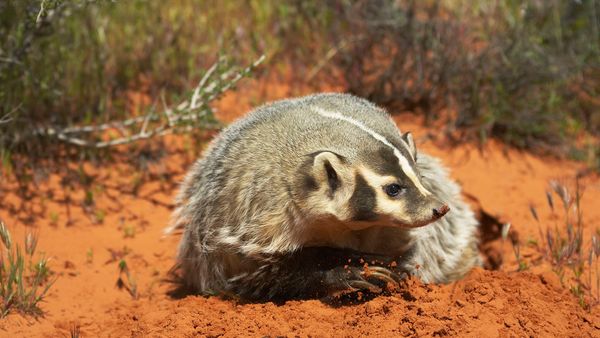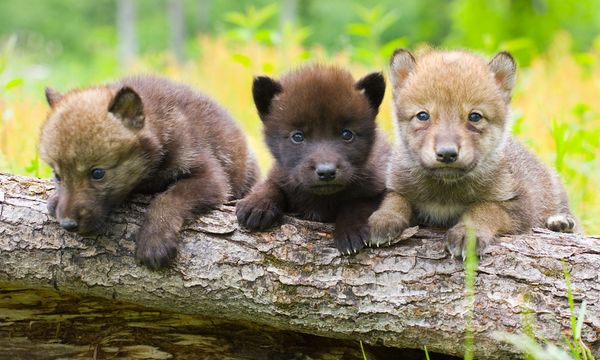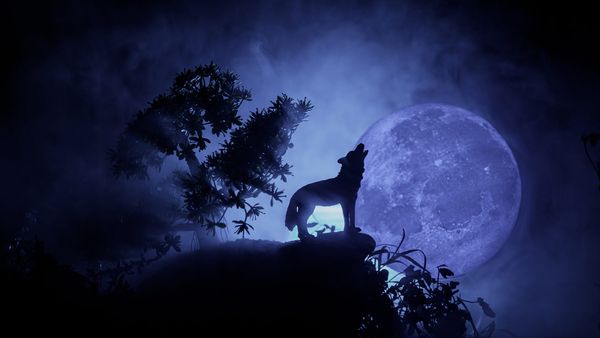
When is a species a species, and when is it not? It used to be we considered two animals the same species if they could mate and produce viable offspring (babies that could grow up to have their own babies). For instance, a horse and a donkey are not the same species, even though they can produce offspring because the hybrid created by the two — the mule — is sterile. But sometimes hybrids are not sterile — what then? Well, turns out making a new species takes a hot minute (hundreds of thousands — if not millions — of years, usually), so a fertile hybrid is still just a hybrid.
Take, for instance, the eastern coyote (Canis latrans var.), popularly called the "coywolf," or if you want to get goofy with it, the "woyote." Coywolves have captured the public imagination — a new animal has emerged before our very eyes, just like in a science fiction movie! But all this fuss obscures the fact that they're just a coyote — well, part coyote (Canis latrans), part gray wolf (Canis lupus), part domestic dog (which is technically a subspecies of the wolf, Canis lupus familiaris) — that we've seen hybridize in Canada and the U.S. over the past century. It's possible they emerged as coyotes entered Ontario as wolves were being extirpated from that part of Canada during the early 1900s, and just bred with the remaining wolves. Based on genetic analyses, they mated with dogs sometime in the mid-1900s.
Advertisement
Coywolves, since that's what we've decided to call them, seem to thrive in cities and suburbs just like genetically straight-forward Canis latrans, but they look a bit different from most coyotes and display some behavioral and physiological differences — they have a reputation for being a bit bold, can be more cooperative with each other, are stronger and larger-bodied and reach sexual maturity later. But despite being a hybrids, coywolves give birth to viable offspring.
Why then, aren't coywolves sterile like mules? It turns out this whole species thing isn't as black-and-white as we've always believed. Because all dog species all have 76 chromosomes and coyotes and wolves only diverged from one another within the past 100,000 years or so, they are in the process of evolving away from each other, and can therefore still produce viable young. And yet, when we look at a coywolf's genome, we can tease out what percentage is coyote and wolf and domestic dog. They're different, and yet not that different.
The percentage of each species in the genetic admixture present in any one coywolf differs depending on where it's found, yet they all seem to be a hybrid of the wolf, coyote and dog (it's called a coydog if it has only coyote and dog DNA). According to one 2011 genetic study, in the Northeastern U.S., the percentage of coyote DNA is between 60 and 84 percent, with between 8 and 25 percent wolf and around 10 percent dog. The farther south and east you go, the percentage of wolf gets smaller and the percentage of dog increases. By the time you reach the Deep South, the coyote-wolf-dog percentage ratio is more like 91:4:5.
But coywolves are not a new species; it would take a lot more than one century for that to happen. It is interesting to scientists, however, to witness the hybridization in realtime — to watch the genes spreading over the landscape and to see how coyotes are taking the DNA of other dog species and using it to make them better at their job as top predators in human-centered landscapes.
Advertisement


